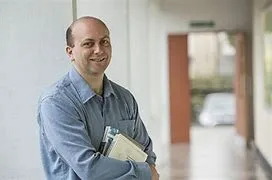About the project
During this PhD you will use a range of techniques in acoustics, organotypic culture and cellular imaging. You will measure the uptake of compounds and molecular methods to determine their effect on target cells and tissues. You will work in a multidisciplinary team between the Medicine and Engineering departments at the University of Southampton, and in collaboration with the University of Oxford.
Bone fractures are a huge problem. Part of this problem comes from non-union or delayed-union fractures, which affect about 5-10% of cases. These poorly healing bone fractures are devastating for the person affected. Sometimes they take many years of major surgery and extensive rehabilitation. Despite this, there are very limited drugs available which are known to improve bone fracture healing.
We hypothesise that getting the right drug to the right place at the right time is an extremely important consideration in bone healing and is part of the reason why current candidate drugs have failed.
We are investigating ultrasound-responsive microbubbles as a way to deliver drugs locally in fracture healing. Microbubbles are gas filled and reflect significantly more ultrasound energy than the surrounding fluid-filled tissues. This distinctive ‘echo’ is why they can be detected flowing through the blood vessels of ultrasound-imaged tissues. They are presently safely and widely used for imaging of patients.
When microbubbles are exposed to ultrasound, they expand and contract energetically. This phenomenon is analogous to the vibrations that an opera singer might induce in a glass. The rapid oscillations can produce significant forces on structures in the immediate vicinity of the microbubbles. We are developing this method in order to target therapy to the site of bone fracture.
